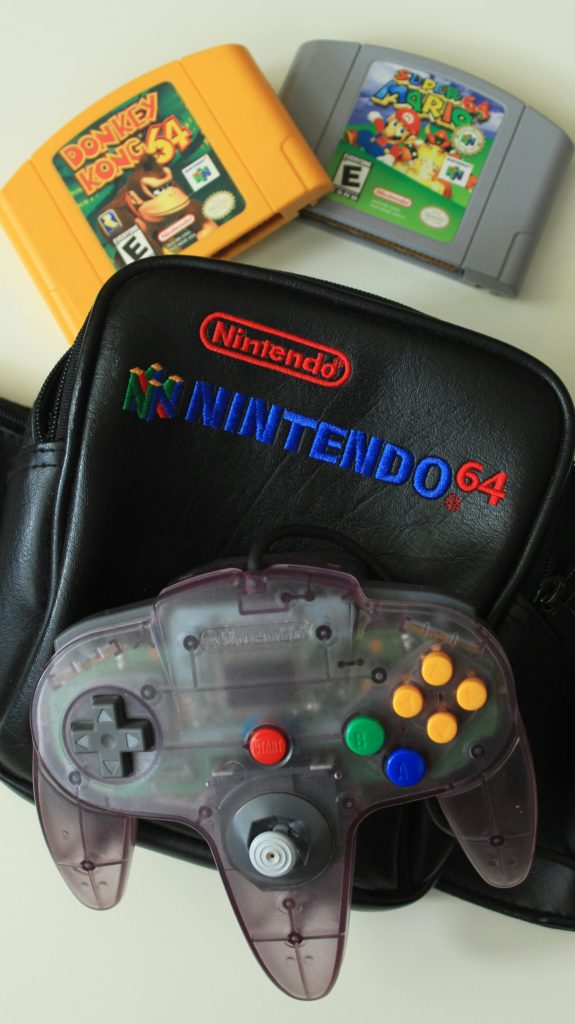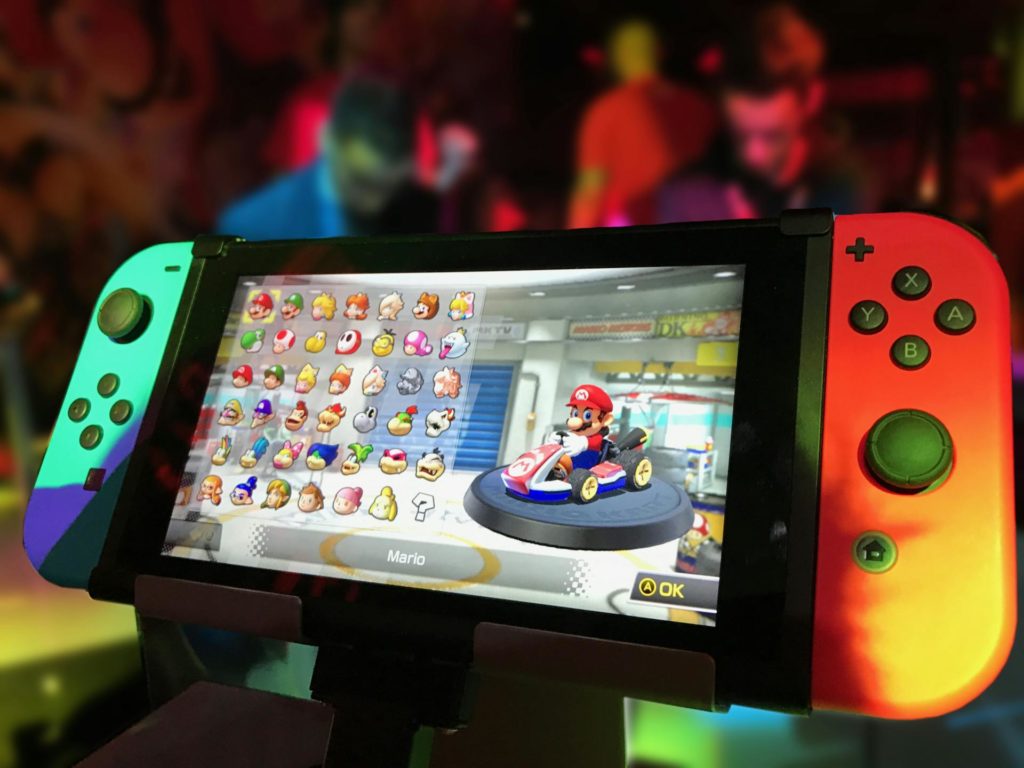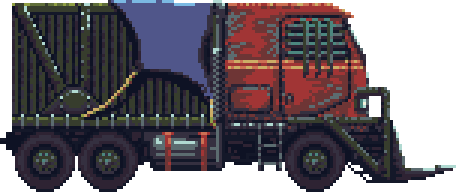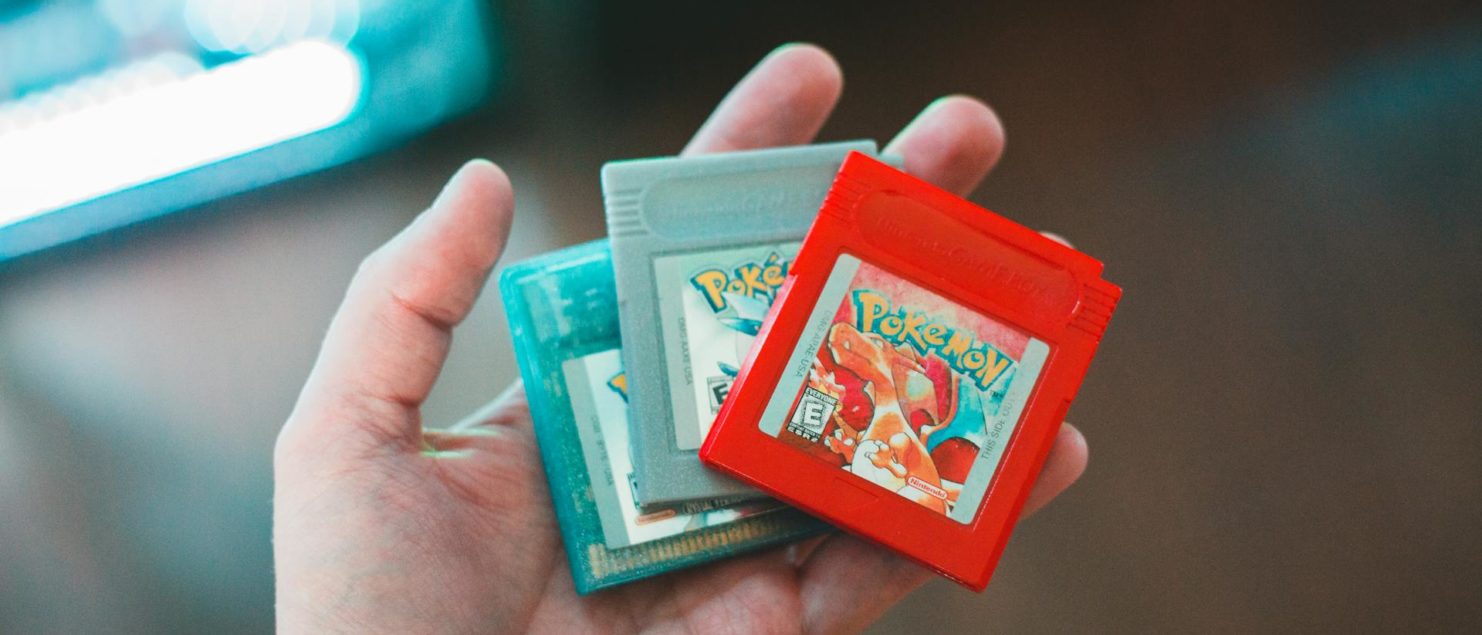More indie devs should be making roguelites
Audio Version:
Nintendo set the stage
I grew up obsessed with playing Nintendo games- N64 classics like Majora’s Mask and Banjo Kazooie, GameCube exclusives like Super Smash Bros and Paper Mario: the Thousand Year Door, and Wii titles like Twilight Princess and Metroid Prime Corruption.

None of these games are roguelites- not even close. So why am I talking about them?
Because playing these games growing up is one of the reasons why it took so long for me to realize I should be making Roguelites! Nintendo’s golden era catalogue was the cornerstone for my understanding of game design, shaping my preferences and instilling me with themes, mechanics, and patterns that would be part of my vocabulary forever.
And since you make what you know, many of my first attempts at making my own games followed these instincts. But it turned out what I had been taught about what the best kinds of games should be didn’t line up with what the best kinds of games I should make are.
How AAA leads you astray
An unprecedented focus on adventure and discovery. Deep RPG mechanics. High quality animation. Story and themes that resonate with a broad audience.
When the likes of Pokémon, Zelda, and Mario made up my north star, it’s no wonder I was destined to fail- I was coming out of the gate with some incredibly large shoes to fill.

- Game time > 30 hours
- Unique design concepts and aesthetics
- Polish and incredibly thorough testing
- Creating their own channels and trends in the industry
- Targeting a broad audience
- Taking full advantage of the technology available
At the time I started working on my own small game projects, I knew not to set my sights too far- I was a small fish in a big pond with specialized skills and niche ideas about design. But that couldn’t stop my internal bias working against me- comparing what I knew to be good games of my past against what I made.
You make what you know.
But most indie devs aren’t emulating AAA, right?
The influence I’m talking about is sneakier than you think. Let’s talk about Poké-Dan. He’s a game dev who loved Pokémon growing up and wants to make a creature collector game. He’s careful to have a limited scope, keep a tight budget, and work within their means.
The plan is to have a small top-down world built from pixel tile-sets that the player can explore between fighting in battles and collecting up to 30 creatures. Simple, right?

There’s no way this game would take a small team… 3 years minimum to their first demo. Right? (It is right- and that should be scary!)
Even with a healthy amount of self-awareness and caution, there are still so many assumptions this person has made that can get in their way of working in the right project for them.
- Does loving Pokémon create a bias that the only good games are ones with a ton of deep mechanical stats, a fully fleshed out world, a deep combat system, etc.
- Are their other types/genres of projects that are better fits for producing the kind of gameplay that inspires them?
- Why are they starting off making a full game? Could they be designing a vertical slice to pitch for capital?
- Just because they like a genre- do they have strengths for designing for it?
What should Poké-Dan, who loves Pokémon and loves game design, make then? What is the opportunity this person has that AAA studios don’t? What sort of risks and decisions are going to help this person have success?
Finally- let’s get to Roguelites
Roguelites can be an amazing fit for small-scale dev teams.
- They dial in on the most critical components of a gameplay loop
- They use a smaller pool of content to dynamically create new experiences
- They can be easier to add content to and expand by adding to the pool rather than requiring more linear chunks to extend playtime
- They have a passionate and niche community with fans excited for innovation and relative tolerance for ‘works in process’
So, should Poké-Dan make a Roguelite?
It depends, but I wholeheartedly vote YES. Even taking into account the number of successful Roguelites that incorporate creature collecting, there is a real opportunity here for a fun project on a more manageable timescale that still meets his goals.
But to make it, we’re going to have to get invasive and challenge some of Poké-Dan’s core assumptions about what his game should be.

- Does this game need an explorable world? What if content between battles were solely for managing your team, or visual novel inspired scenes?
- What opportunities for story are there if there isn’t a linear progression of battles? What if you are battling in a free-for-all arena?
- Why can’t this game be available for play on your web browser, for broad appeal? Why can’t it be an hour of well-structured playtime, instead of being an epic?
- Player menus, items, key items, consumables – can all these elements outside of proper combat be removed to prioritize a core combat experience?
- Do the creatures need to have specially crafted aesthetics? Or can they be monstrous hodgepodges of parts grafted together by the game logic, ensuring you never see the same thing twice?
Why I’m making Cryohazard; a strategy horror Roguelite
I love seeing the crazy new titles that are spit out of the Roguelite maw every year, but I also want to make Roguelites because they allow me to accomplish my gamedev goals.

Today, Cryohazard is a brief and intense experience- a turn-based chase across a barren world without salvation, where managing resources and navigating hazards is your only chance of finding peace. But before that, for months and months before that, it was something totally different- more ambitious, more ambiguous, and ultimately focused more on fulfilling a dream than making a product.
And that was my hardest pill to swallow- accepting anything less than working on your dreams when you’re a solo dev can feel like failure. But dreams are dreams, projects need clear boundaries, and the world needs more Roguelites!
